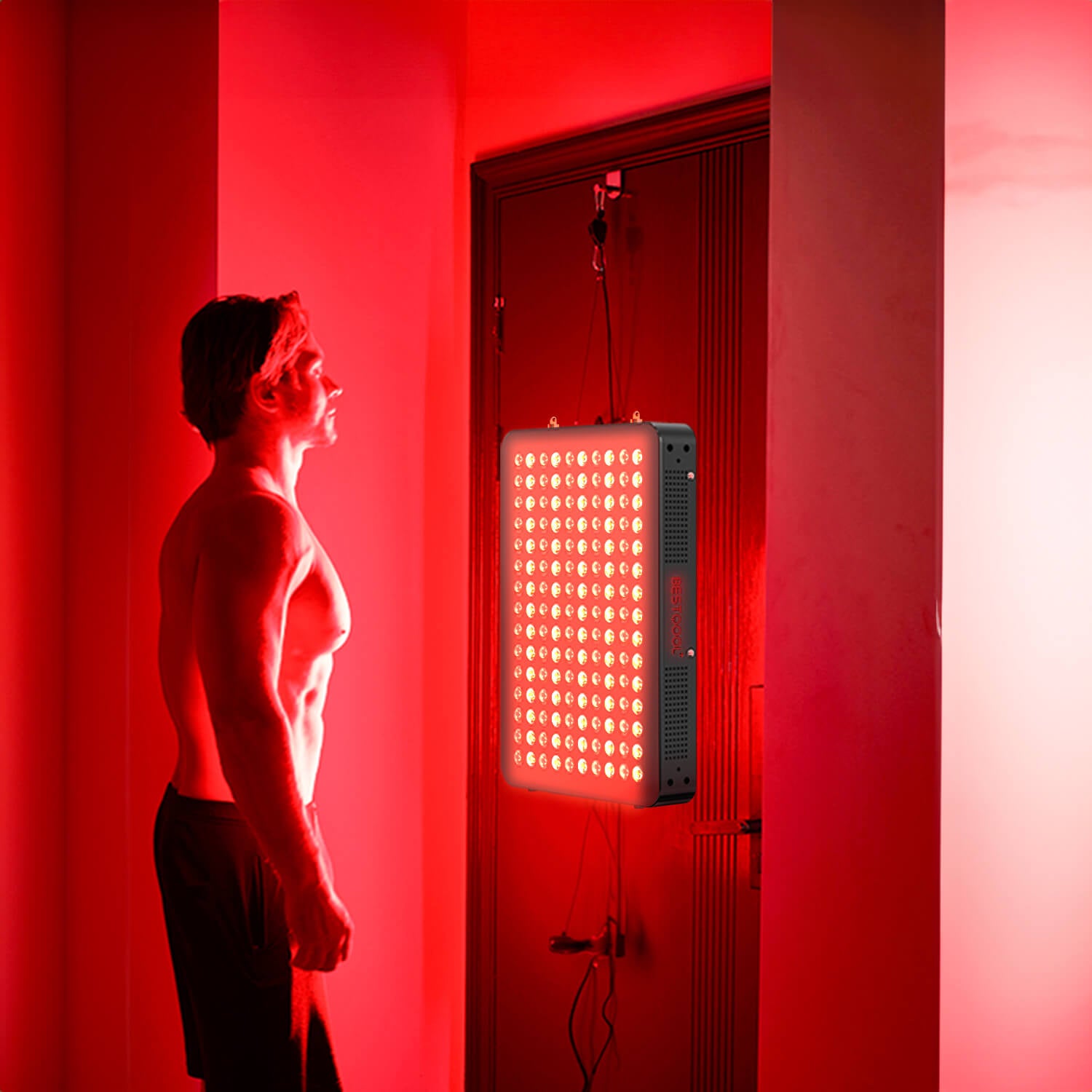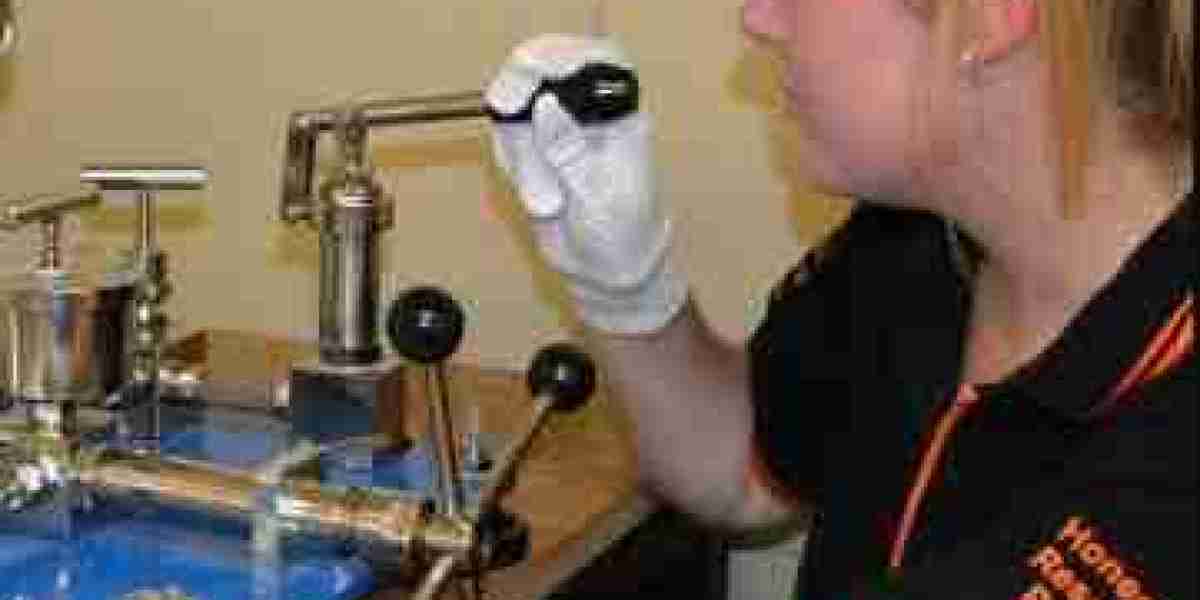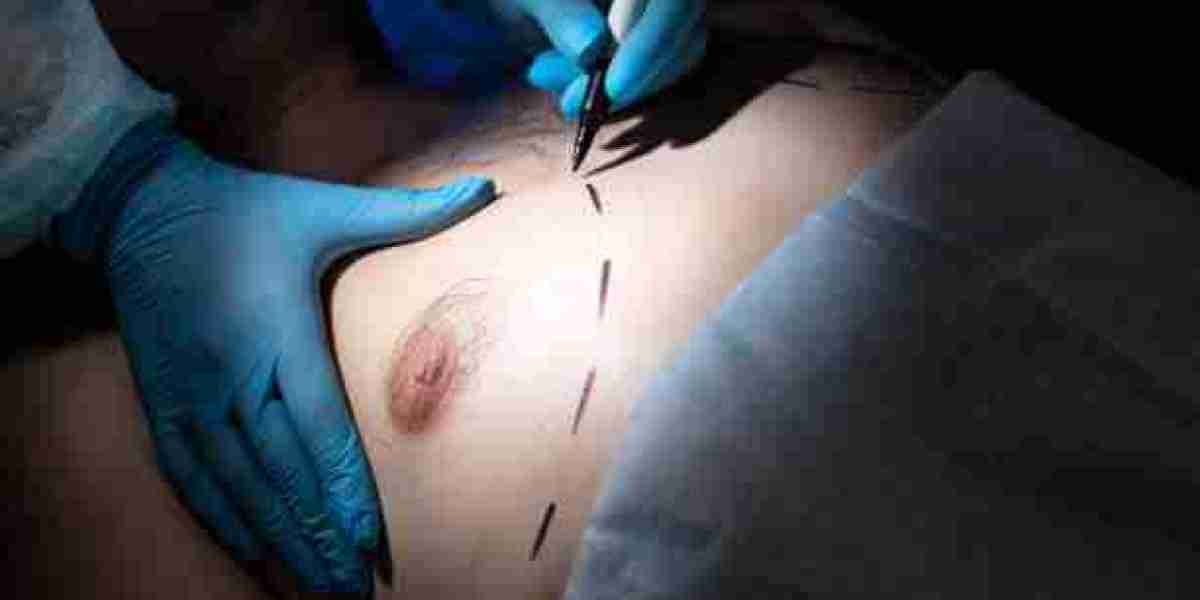Unlocking the Secrets of Red Light Therapy: Transform Your Health Today!
In recent years, red light therapy has surged in popularity within the health and wellness community, captivating both medical professionals and individuals seeking alternative therapies. This innovative approach harnesses specific wavelengths of light to promote healing and rejuvenation on a cellular level. As more people look for natural remedies to enhance their health, understanding red light therapy and its applications becomes essential. This article delves into what a red light machine is and explores its diverse uses in medical and therapeutic settings, paving the way for readers to unlock the potential of this fascinating technology.

Understanding Red Light Therapy
Red light therapy (RLT) is a non-invasive treatment that utilizes low-level wavelengths of red light to stimulate cellular processes in the body. At its core, RLT works by penetrating the skin and energizing the mitochondria, the powerhouse of cells, which leads to increased production of adenosine triphosphate (ATP). This boost in ATP enhances cellular function, promoting healing, reducing inflammation, and accelerating recovery. Various types of red light machines are available for therapeutic use, ranging from handheld devices to larger panels that can treat multiple areas at once. These machines emit specific wavelengths, typically between 600 to 650 nanometers for red light and 800 to 850 nanometers for near-infrared light, each tailored for different therapeutic benefits.
Applications of Red Light Machines
The applications of red light therapy span across various medical and therapeutic settings, demonstrating its versatility and effectiveness. One of the most common uses is in pain relief, where RLT has shown promise in alleviating chronic pain associated with conditions such as arthritis and fibromyalgia. Additionally, red light therapy is gaining traction in the realm of skin rejuvenation, with studies indicating its efficacy in treating acne, reducing fine lines, and promoting scar healing. Moreover, athletes are increasingly incorporating red light machines into their training regimens to enhance muscle recovery and performance. By understanding these applications, individuals can better appreciate the potential of red light therapy in promoting overall health and wellness.
Pain Management
Red light therapy has emerged as a valuable tool for pain management. Research indicates that RLT can effectively reduce inflammation and promote tissue repair, making it beneficial for conditions such as lower back pain, joint disorders, and sports injuries. A friend of mine, a dedicated runner, swears by her red light sessions after long races. She claims that using the machine on her legs significantly reduces soreness and speeds up recovery, allowing her to return to training sooner. This anecdote highlights how RLT can be an integral part of pain management strategies for anyone suffering from chronic or acute pain.
Skin Health
When it comes to skin health, red light therapy offers a multitude of benefits. Its ability to stimulate collagen production makes it a popular choice for those looking to combat the signs of aging. Additionally, RLT is effective in treating acne and improving skin tone and texture. A close friend who struggled with acne for years found that consistent sessions with a red light machine helped clear her skin and reduce the appearance of scars left behind by breakouts. This personal experience underscores the therapeutic potential of red light therapy in enhancing skin health.
Sports Recovery
Athletes have begun to recognize the advantages of red light therapy in sports recovery. By incorporating RLT into their post-workout routines, many athletes report quicker recovery times and enhanced performance. The science behind this is compelling; red light therapy accelerates muscle repair and reduces inflammation, which can be a game changer for individuals pushing their physical limits. A local sports team even invested in a red light machine for their training facility, allowing players to utilize it after intense practices and games. This trend highlights the growing acceptance of red light therapy in sports and fitness.
Safety and Efficacy of Red Light Therapy
When considering any therapeutic approach, safety is paramount. Red light therapy is generally regarded as safe, with minimal reported side effects, which may include slight redness or warmth in the treated area. Current research supports the efficacy of red light machines, showing promising results across various applications. Clinical studies have demonstrated its effectiveness for pain relief, skin rejuvenation, and muscle recovery, making it a compelling option for those seeking alternative therapies. However, as with any treatment, it’s essential to consult with a healthcare professional to determine the best approach for individual needs.
Exploring the Potential of Red Light Therapy
In summary, red light therapy presents a unique opportunity for enhancing health and wellness through its various applications in medical and therapeutic settings. From pain management to skin health and sports recovery, the benefits of red light machines are becoming increasingly evident. As more individuals explore natural alternatives to traditional medicine, red light therapy stands out as a promising option. Whether you are seeking relief from chronic pain, looking to rejuvenate your skin, or hoping to enhance your athletic performance, considering the potential of red light machines could be a transformative step in your health journey.







